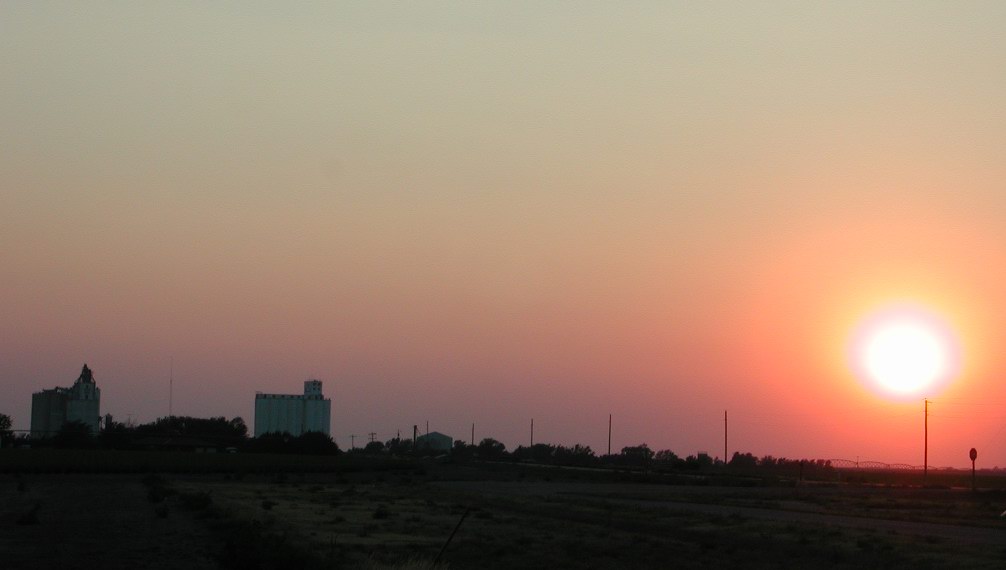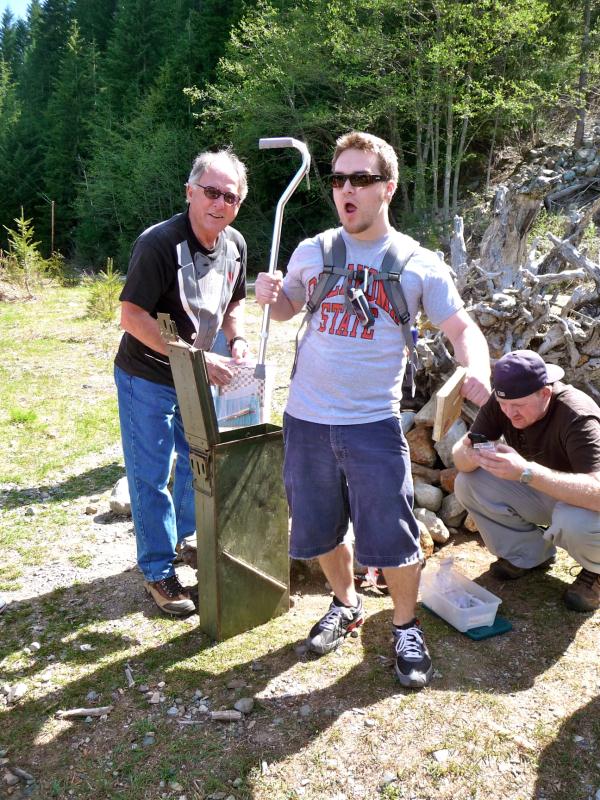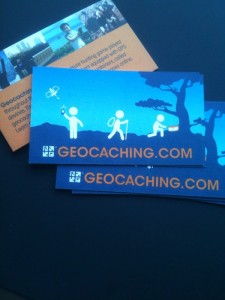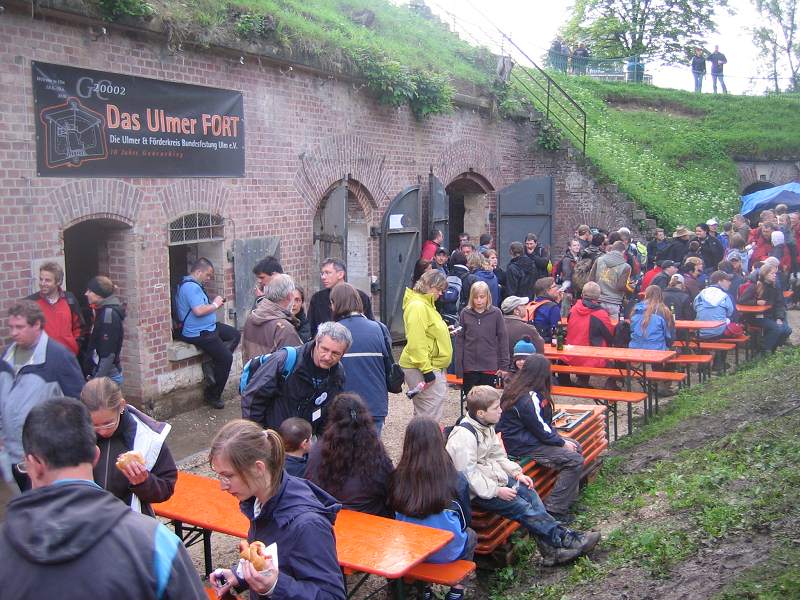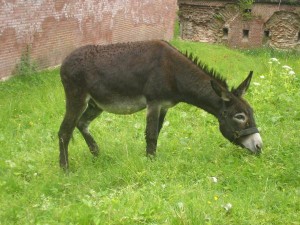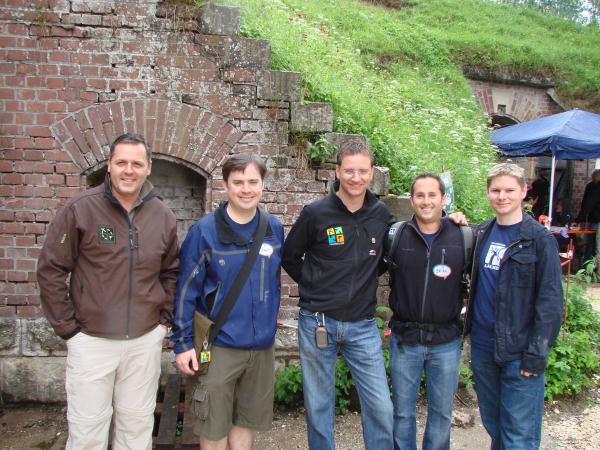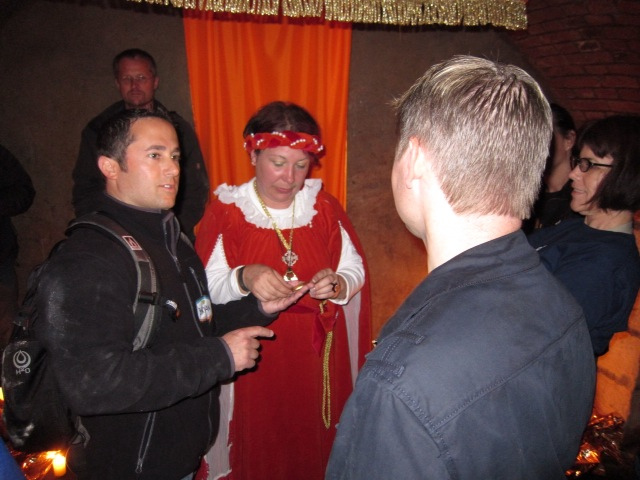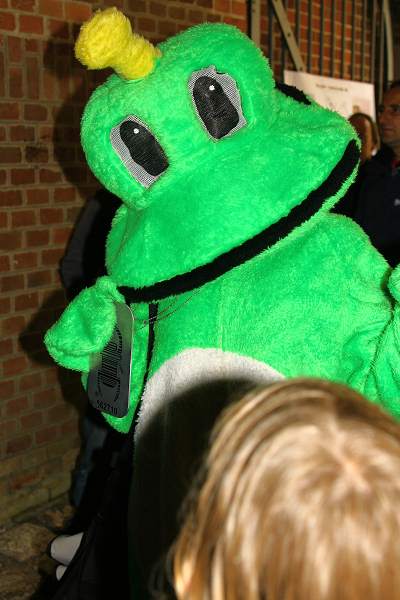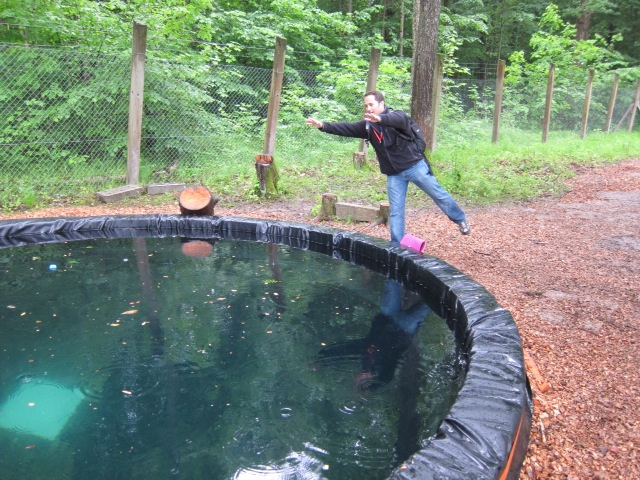Editor’s Note: Kiet and Jill Callies (kietc) along with their daughter visited Groundspeak HQ on June 18th, 2010. It was their 1001st straight day of geocaching. The journey began on September 22, 2007 and ended that day at HQ. Kiet authored this guest blog. This is his story. These are his words. Here’s what you can learn from a team that completed a geocaching streak of 1001 days.
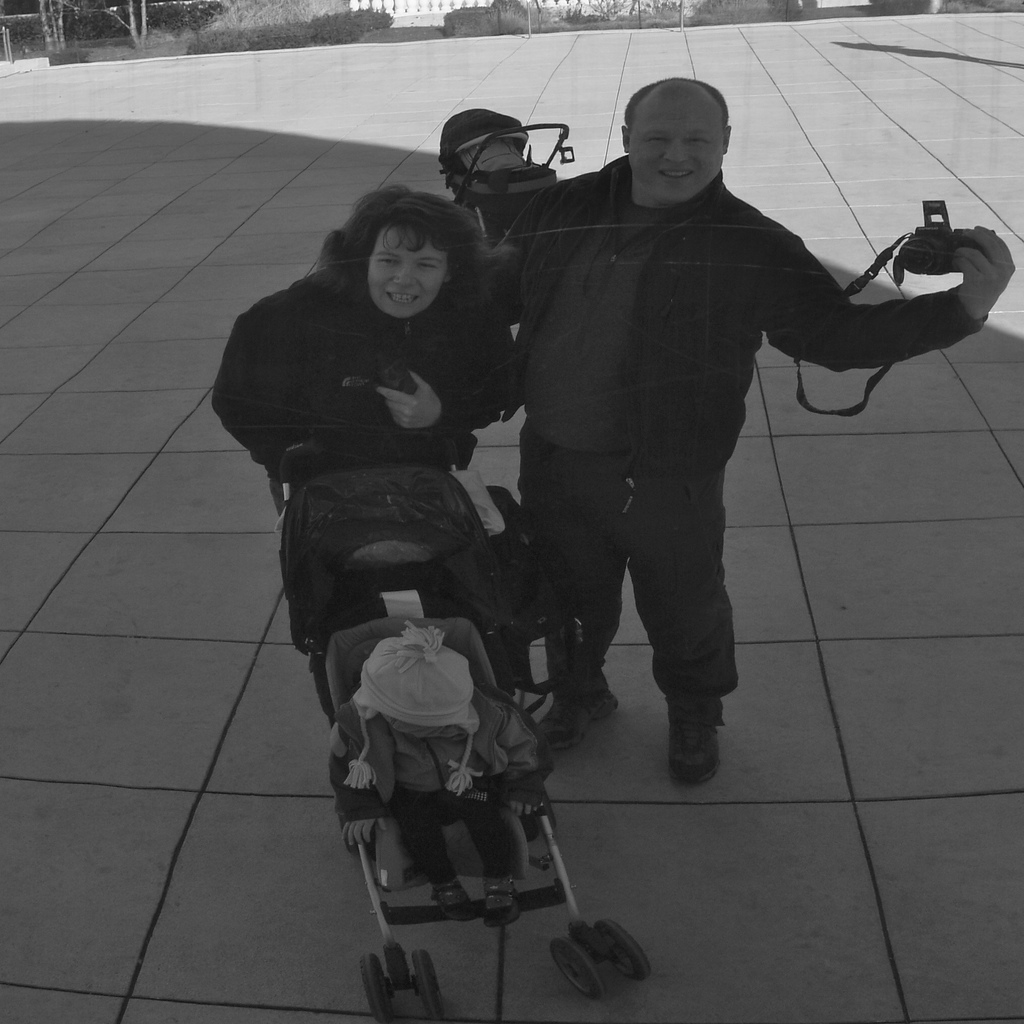
When we started our streak on September 22, 2007, it was a reboot of a previous 41-day streak, broken by work commitments, which just whetted our whistles for the big one. No other commitments would interrupt our next streak until June 18, 2010 – a thousand and one days later. In that time, if stringing our finds together like a necklace of pearls, we traveled nearly 60,000 miles and made finds in 15 states.
The original streak probably began as a pacesetter for reaching a milestone by the year’s end. The big streak was to prove we could go all the way. We started setting the goal of 100 days, then a year and, if a year, why not a thousand days. Then, again, why not be literary, like A Thousand and One Arabian Nights, A Thousand and One Geocaching Days.
I almost carried the whole load alone. However, this was never meant to be a loner’s endeavor. My wife and daughter stepped in my place a couple of times. Once, during one of life’s frustrating moments of defeatism when I decided to give up on everything and pick a fight with the world, my wife, unable to witness the regret I would face in the after-moment, took my daughter and made a find to keep the streak alive.
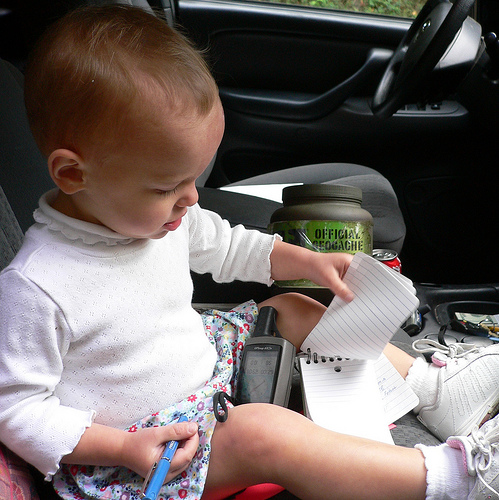
Now, to maintain such a streak, the quality of some caches suffers. Though we have seen and discovered some amazing things in the course of our adventures, both obvious and hidden, we often had to settle for some mundane finds – a film canister tucked under a lamp post cover or inside a guard rail, which can be demotivating when these are the majority of your finds. Then I stumbled upon the Danboard and Stormtroopers 365 photo projects and was inspired.
One of the things we enjoy about geocaching is the context of location. There is a reason why someone chose a particular location and decided to share it with others. Now you can argue whether the location is worth sharing, but you cannot deny that it now has context, a story. I decided to lay another narrative on top, and my medium was Legos and Star Wars.
Legos are small and portable, perfect for travel, and like in Star Wars, we as geocachers use technology to get us close to the truth, the cache, and then use the mystical, or our geo-senses, to actually find it. Over-thinking it? Probably. I grew up under the strong influence of the original trilogy, and besides that, Star Wars is just so cool. On Day 779, I introduced the Star Wars Lego storyline and have managed a few chuckles here and there.
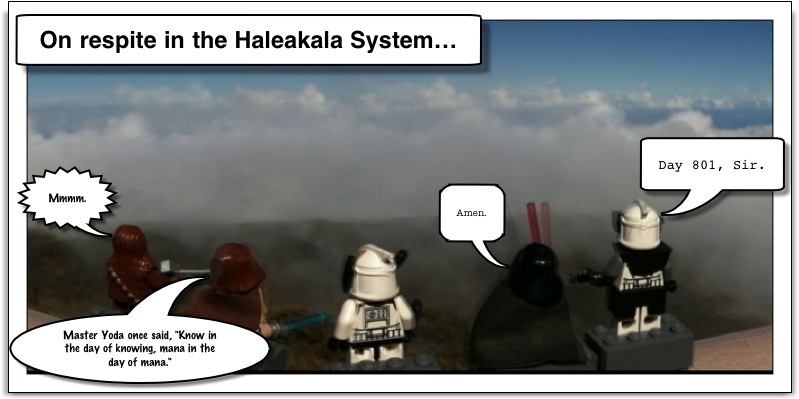
Now that the streak is over, and I have had time to digest it all, I will tell you that I did experience withdrawal and guilt the next day, June 19th. What’s next? In celebration of geocaching’s 10-year anniversary, to find a cache placed in each month of geocaching’s existence. Isn’t setting goals fun?
